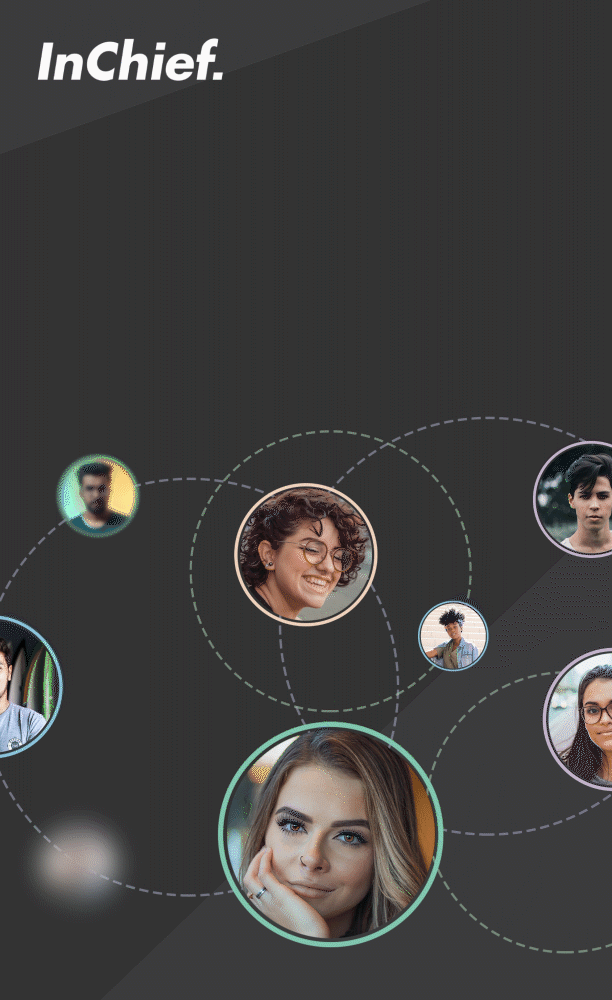A look at how the pandemic has changed content consumption and creation habits
Covid-19 touched every area of our lives – personal and professional – faster than could really be anticipated. What started as an abstract threat quickly became a very real and prescient one, and the need for extreme social distancing, and eventually total lockdown threw many people’s livelihoods into precarious territory. This is true across many sectors, but hospitality and tourism businesses felt it especially keenly – how can you promote your hotel or destination if people can’t legally or safely travel?
For people whose work is in these sectors, however peripherally, it’s been more than an uncertain time. Many creators rely on travelling to create content, whether that’s to review plush hotels or even just to get beautiful photos and backdrops. Content creating is a profession just like any other, and the perceived luxuries of being able to travel for work and spending your days in fancy resorts don’t offer any financial protection or future insurance in these circumstances. It’s perfectly normal and healthy to be concerned about your career right now – you don’t have to be laid off to be fearful of things to come.
Thankfully, the creator industry is an agile, creative and adaptive one, and in these times, we’ve already seen countless examples of how you can pivot your content to suit the current climate. For example, in Finland, creators were dubbed “critical actors” (key workers) by the government, thanks to their ability to spread crucial information and guidance. TikTok saw a 27% spike in downloads and Twitch streams went up 10% in just one short window in March, and creators like Joe Wicks became fully-fledged household names when they successfully pivoted their offline businesses into online successes. In some ways, there’s never been a more engaged digital audience, as many people now have more time to kill and to invest in discovering and enjoying new content.
That being said, there’s also a larger margin for error, as anything that’s seen as an attempt to profit from the effects of the pandemic or any content that’s out of touch with reality is going to get (quite rightly) ripped to shreds. Remember how catastrophically Gal Gadot’s “Imagine” video failed? A bunch of multimillionaire celebrities singing off-key in their Beverly Hills mansions about the power of solidarity… ouch.
It might not be the time to do a Louis Vuitton bag haul, and you should never attempt to bank on people’s fear and anxiety, but that doesn’t mean you can’t do any branded content. One study found that just 8% of consumers are opposed to seeing adverts at this time, which is heartening for anyone whose main source of income is partnerships. On the whole, people understand that creators are small businesses, and that they need to work, and that work for them might look like a sponsored post or video.
If you’re a creator, now is the time to think about how you can make your content more serviceable. If you’re in the fitness sphere, maybe it’s not about acai smoothie bowls and endurance sports now, but about workouts you can do in a confined space with little equipment. If you’re in beauty, maybe it’s about skincare routines to help you find some calm and quiet. In tech, maybe you’re looking at cool projects and upgrades people can try on their hardware at home. Travel is tricky right now, and there’s a limit to how much “armchair travel” people want to see right now. Perhaps you can repurpose some of your content into more of a documentary style to make it more informative and share stories about your travels that go deeper than just pretty pictures.
Remember – all of this temporary, but the impact you have on your audience could be much longer lasting. Be open, be honest and be creative.







